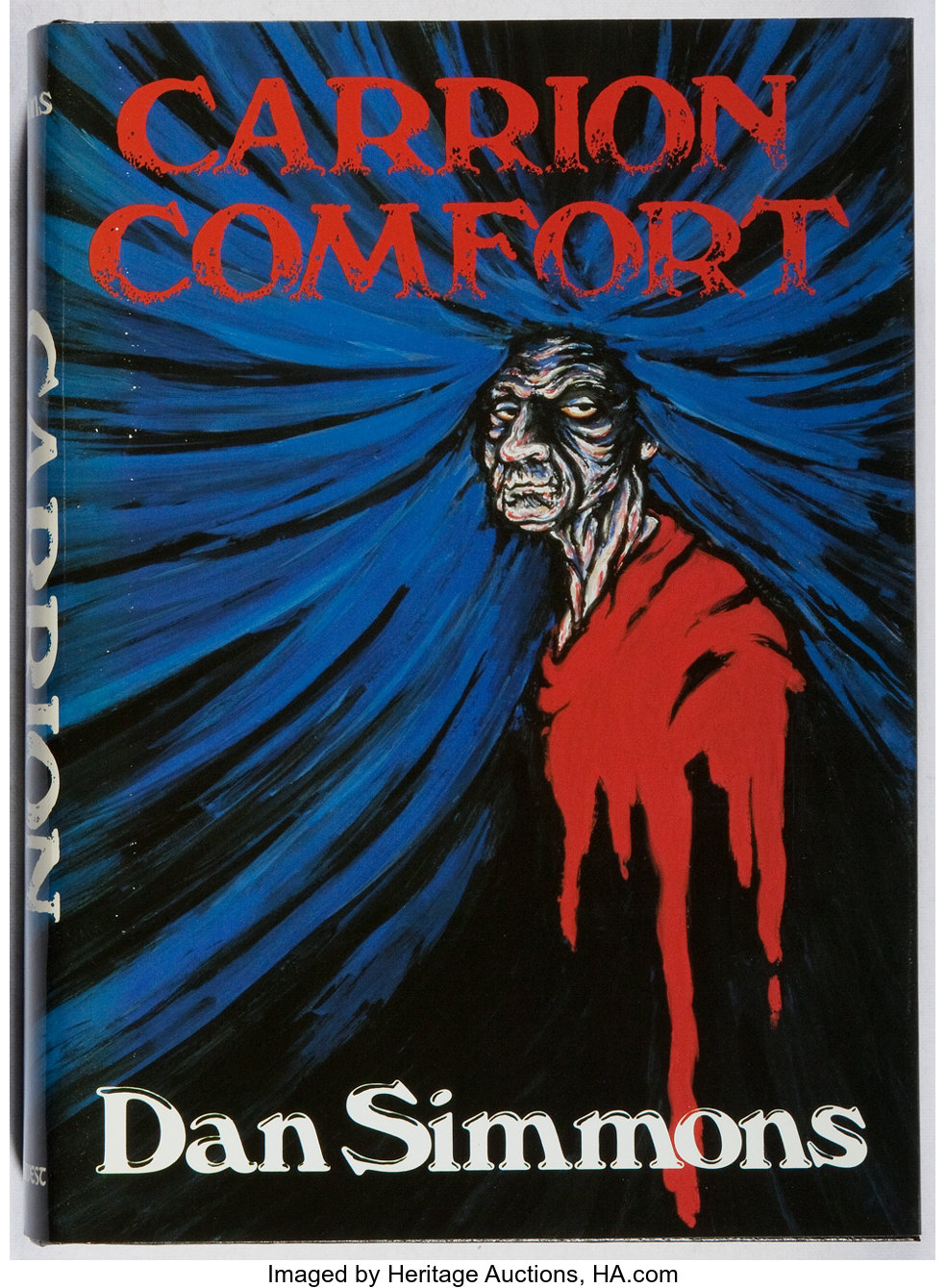A while ago I became fascinated with the Appalachian Trail. I watched documentaries, read blogs and books, including a humorous one by Bill Bryson called A Walk in the Woods; I even watched the movie based on the book (a disappointing, but truly Hollywood-glossed yet tiresome affair).
I wasn’t on the lookout for other Bryson books, but recently I picked up and read The Lost Continent. I slogged through this hate letter to America, trying to find some redeeming value within its pages, but came away empty. There’s so much bile in this book, and I’m sure Bryson meant every nasty word, from personal attacks to snarky comments on road, cities, states, and the various people who inhabited them.
The sub-title of the book is “Travels in Small-Town America.” It’s based on two road trips he took in the autumn of 1987 and spring 1988, totaling 13,978 miles. He covered most of the states in the lower continental US, or at least parts of them. He had mostly nothing good to say about any of those states, or any of the places he visited. Every historical monument is a tourist trap, a bad marriage of run-down buildings, surrounded by gewgaw sellers, and the entrance fees exorbitant.
Although the book makes me want to take a similar type of road trip, driving through multiple states, I’m not sure of the best use of such a plan. A possibility might be a National Parks road trip, trying to see all the National Parks in the US in one go. I’m sure someone has mapped out the most efficient route, if not the most efficient time of year and place to start. Some National Parks require watercraft, or maybe air, to visit, but most are drivable. There are some tricky logistics, such as dealing with crowds in the most popular attractions, and the range of weather from Florida to Alaska. Having only been to four National Parks in the US, and only ones on Texas, New Mexico, and Utah, such a road trip would be epic, a 20,000+ mile voyage spanning many months.
I’ve done a few road trips in my time, mostly in Texas and New Mexico, although a few miles here and there in Colorado and California; the US is a vast continent. There are massive cities, concrete jungles where you take your life in your own hands in one area, and see marvels of human ingenuity a few blocks away. There are pockets of darkness in the wilderness I wouldn’t dare venture, remote areas where you need to weigh your car of choice and your accent carefully. America is like multiple alien worlds in one continuous place. Some of that feeling might be perception from reading books or watching movies.
I’ve visited quite a few places of note, and yes they charge entrance fees. You can’t expect to walk into the Hemingway House in Key West without forking over a few bucks. Not all places can exist solely with the help of unpaid volunteers catering to Bryson’s whims and feelings about walking through someone’s former house as if he was an invited guest.
As for Bryson’s trip, he must surely know that it’s not a uniquely American feature for people to set up shop near places that many people visit. Is that ideal? Maybe not, but it’s the same in virtually every corner of the world. I’m sure there were people in the Red Square during the heyday of the USSR who tried to offload an item or two when people came to visit. I’ve seen the same in many countries in Africa, as well as Norway, England, and other European locales. As a former Norwegian, I sometimes feel sad when walking through Bergen and seeing so many shops and places catering to tourists by selling overpriced crap. The fish market in Bergen used to be a fun place to visit, but not so much any more. The top of Fløien has expanded the viewing area to a point I no longer recognize it. Yet, walk a few hundred meters further, and you’re in forest. Walk the streets of the city away from the harbor, and you find regular shops. It’s the same in the US; step outside the core area of concentrated tourist spots and you still find genuine people and places.
Why Bryson hates his home country so much, one can only wonder, unless it was a gimmick to sell his book. “Look, ” one can image he said to his publisher, “I know Steinbeck wrote a travel book, a glowing paean to America. I want to do the opposite. I’ll do a road trip, and at every stop I’ll rip into everything I see. It will sell millions, just on my name alone. Also, people abroad hate America. This is a win-win proposition.”
And they went for it.
